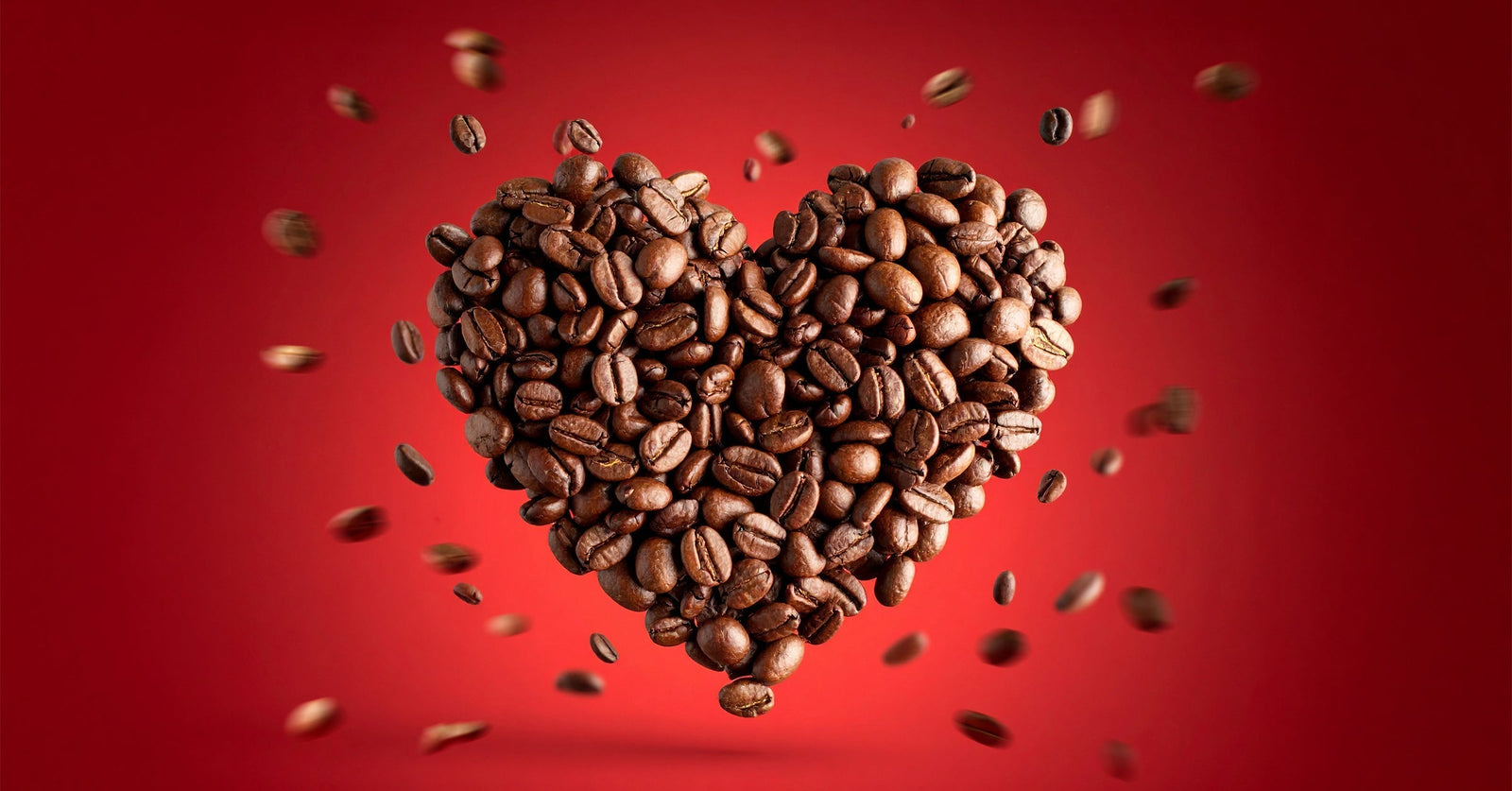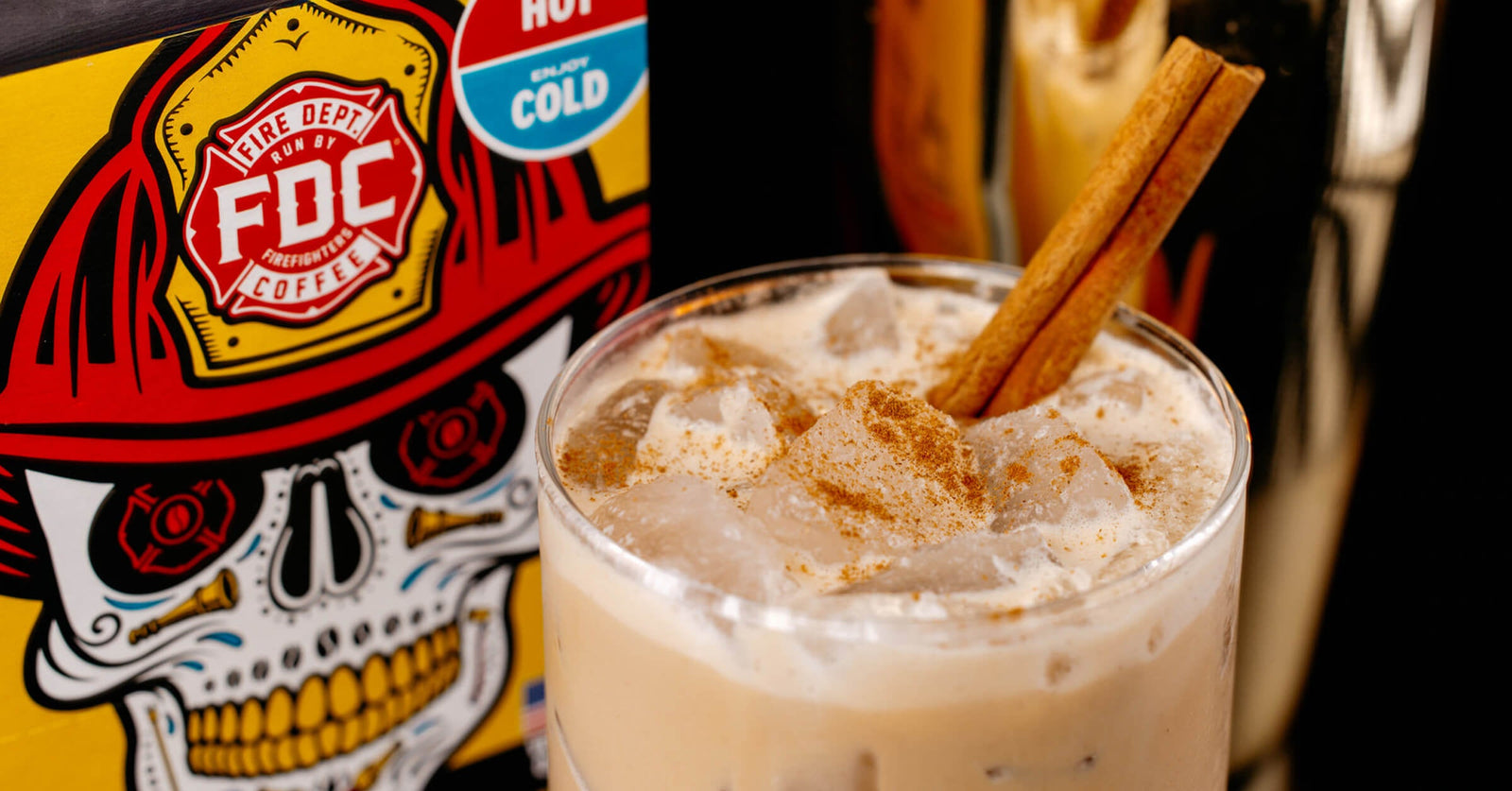
Can Coffee Help You Live Longer? Science Says Yes
July 11, 2025
A new study suggests that drinking one to three cups of black coffee a day may lower your risk of death by up to 17%. It’s not a magic cure, but for those of us who rely on coffee to power through long shifts and sleepless nights, it’s one more reason to keep it simple, strong, and brewed right.

6 Delicious Recipes to Enjoy with Our New Skull-Crushing Instant Espresso Coffee
November 13, 2024 1 Comment
FOLLOW OUR JOURNEY, GET SPECIAL OFFERS AND PROMOTIONS
- SPIRIT INFUSED COFFEE
- Bourbon Infused Coffee
- Whiskey Infused Coffee
- Rum Infused Coffee
- Spirit Infused Coffee Club
- Spirit Infusion Process
GEAR
© 2025 Fire Department Coffee, Inc.









